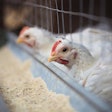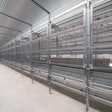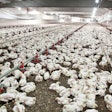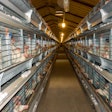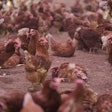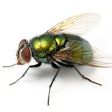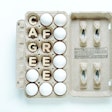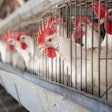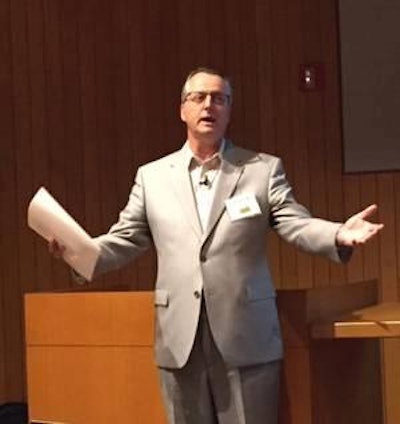
The Coalition for Sustainable Egg Supply (CSES) hosted a stakeholder perspectives panel discussion on sustainable food production as part of The Center for Food Integrity’s (CFI) 2015 National Strategy Conference on Animal Agriculture. The panel discussed CSES’ research on egg layer housing and the five aspects of sustainability: animal health and wellbeing, food safety, worker health and safety, environmental impact and food affordability.
The panel, moderated by Charlie Arnot of CFI, was made up of a diverse group of agriculture industry representatives from the U.S. and Canada.
Each panelist agreed that sustainable agriculture is critical to feeding the world’s population in the future, and that the CSES research is an important stepping stone towards furthering sustainability in the industry. And, all agreed that CSES' research shows one egg layer housing system is not necessarily “best” or “most sustainable” overall; but rather, producers must identify the aspects most important to them, and then select the housing system that performs best for these criteria.
Where panelists differed, however, was in how they interpreted the research. Here are their perspectives:
1. Craig Hunter, Burnbrae Farms: “Animal rights groups have mounted evidence against us, and ideally as farmers, we need to start telling our story…so that consumers can make what I call an ‘informed choice.’”
• Higher mortality in cage-free housing is a very negative aspect of this system
• Cage-free housing has a larger environmental impact than other housing types
• Equipment companies are challenged to work with farmers to create an “ideal system” that is both easy to manage and addresses all five elements of sustainability
• Better training in all areas will help us to produce a safer egg – and that is what the consumer is looking for
2. Dr. Marion Garcia, American Humane Association: “[Consumers] do care but they don’t understand worth a hoot – we need to make the two match up.”
• CSES research supports keeping all three AHA standards (enriched, cage-free, free-range/pasture) for humane production active
• There are trade-offs in using each housing system, depending on the goals of a food system stakeholder, but these trade-offs shouldn’t trump the welfare of the animals in our care
• Industry will benefit from finding more effective sources for getting their message across: for example, a mommy blogger with a degree in science to appeal to multiple customers
3. Meena Hassanali, Provision Coalition: “How can you ensure a farmer can farm not just 5 but 50 years from now?”
• Sustainable sourcing can be a point of differentiation in the market place
• Responsible sourcing helps companies better react to disruptions and should be a priority
• Businesses should expect requests from customers about sustainability performance – people want verifiable data
• Infographics can be powerful tools to quickly communicate meaningful information to consumers and help people understand complex research
4. Monica Eng, WBEZ Chicago: “I believe everyone, including farmers, care about the welfare of the animals, and this is often too quickly dismissed.”
• Consumers want choice and different housing systems provide them with this
• Consumers have different priorities, but they are willing to pay up for products that align with those priorities
• Industry must be transparent – provide labels that clearly communicate all key aspects of product information
CFI’s 2015 National Strategy Conference on Animal Agriculture was held at McDonald’s Hamburger University in Oak Brook, Illinois, May 12-13.




